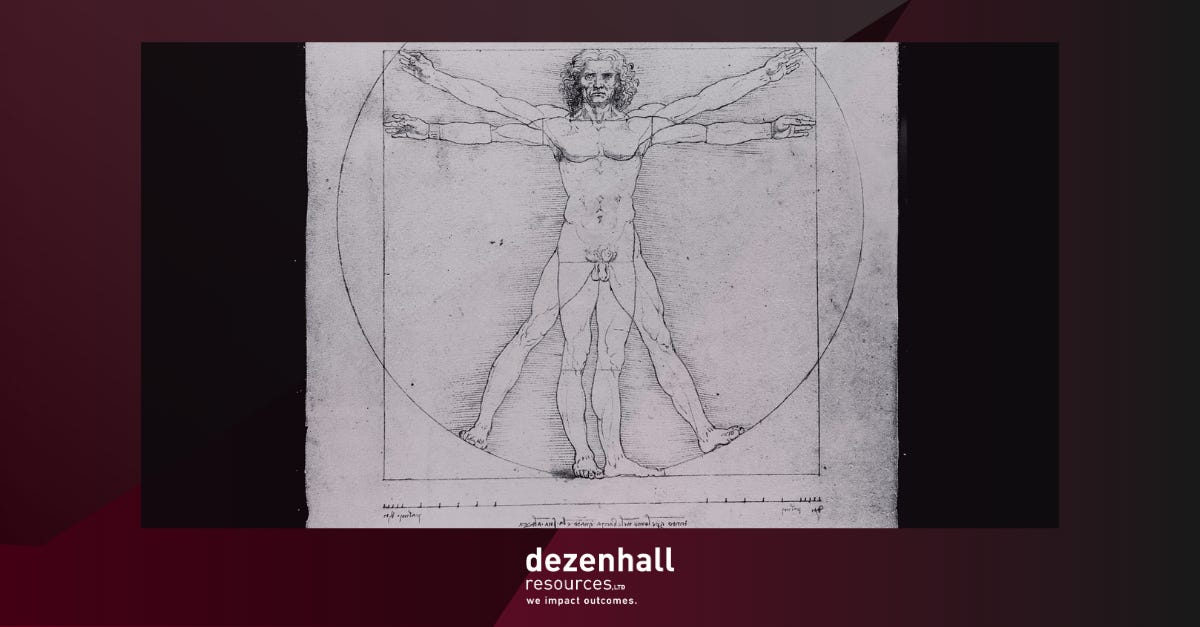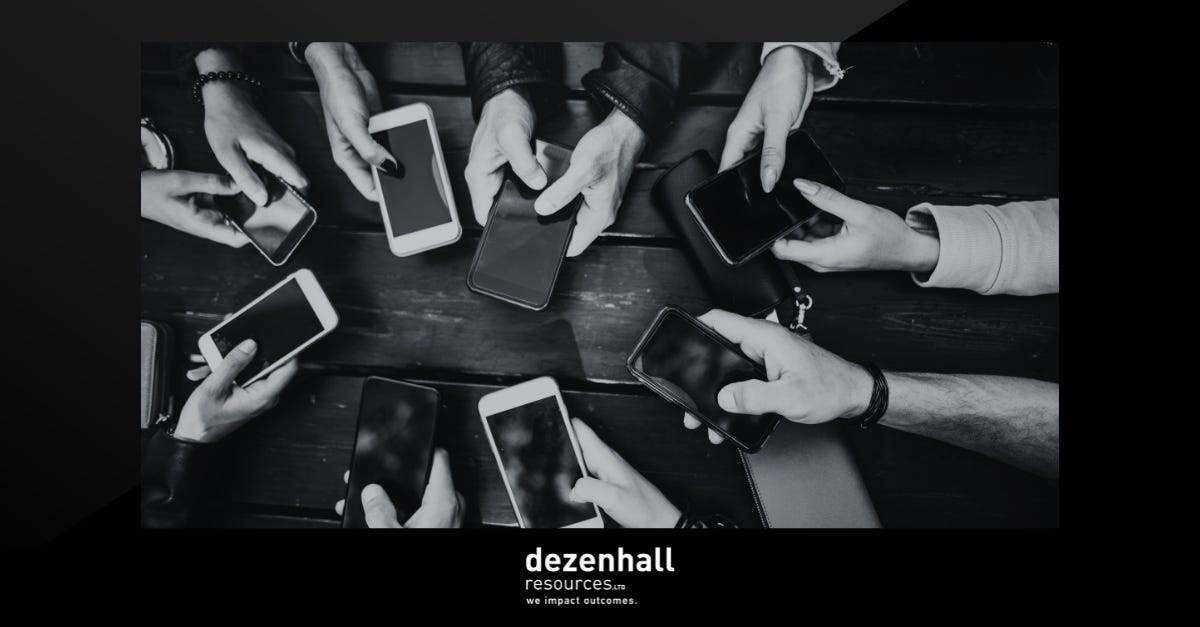The 10 Elements of Disinformation
Given all of the recent talk about disinformation, there seems to be a perception that it can be easily ordered up like a pizza. The truth is that much disinformation fails — but when it works, it works big.
Throughout the thirty-five-plus years, I’ve been in the crisis management business, I’ve compiled a list I call “The Elements of Disinformation,” which should give you a sense of its building blocks.
- Disinformation is simple. It doesn’t require much intellectual horsepower to understand. It was easy to understand that a presidential candidate of a different race and who had an unusual name by American standards was not US born even though he was—Thus Obama’s “birther” hoax.
- Disinformation is plausible. It could conceivably be true. While the 2020 election wasn’t stolen, there is always some degree of voter fraud.
- Disinformation is spread by motivated parties who are deeply invested in perpetuating it. Bill and Hillary Clinton’s conservative enemies were furious that they were able to capture many centrists who may have otherwise voted Republican. They were relentless in finding some kind of footing on which to weaken him.
- Disinformation taps into pre-existing, deeply-felt beliefs of the moment that are easily exploited because people are already primed to believe them. It is not invented out of whole cloth. JFK assassination conspiracy theories were aggravated during broad cultural distress about the Vietnam War, civil unrest and revelations about CIA mischief around the world.
- Disinformation cannot easily be disproven and often becomes an article of faith or group identity. If you question it, it could result in a loss of acceptance or prestige. The belief that J. Edgar Hoover was a gay cross-dresser is now a firm part of the popular culture despite the original, singular source being one of the weakest and most desperate sources imaginable.
- Disinformation uses a simpatico (friendly and familiar) interlocutor or delivery system. Plaintiffs’ lawyers routinely plant stories with magazine TV shows specializing in showing vulnerable victims being hurt by powerful enterprises. Buyer and seller are ideologically in-line.
- Disinformation leverages a receptive journalist or other purveyors of information. In other words, it’s not a hard sell. In the mid-1980s, local reporters were fascinated by the idea that the Audi 5000 accelerated of its own volition and easily found people in multiple markets who would go on camera and make this claim.
- Disinformation naturally incentivizes those who traffic in falsehoods by making them feel special and in-the-know for having access to the story, even if it’s wrong. JFK assassination conspiracies make people seem like they have unique insight into the dirty deeds of shadowy organizations. Plus, conspiracies are more fun than boring reality.
- Disinformation operates unchallenged long enough to gain momentum so that anyone who questions it appears haphazard or late-to-the-game. Rumors about Audi’s sudden acceleration had become so entrenched that it received little attention when the consumer who started the scare years later admitted under oath that her foot had accidentally been on the accelerator. In the meantime, the brand had been decimated in the U.S.
- Disinformation is repetitive, which takes hold in multiple media and cannot easily be dislodged. The Third Reich relentlessly reinforced its anti-Semitism through rallies, pamphlets, radio broadcasts and films.



